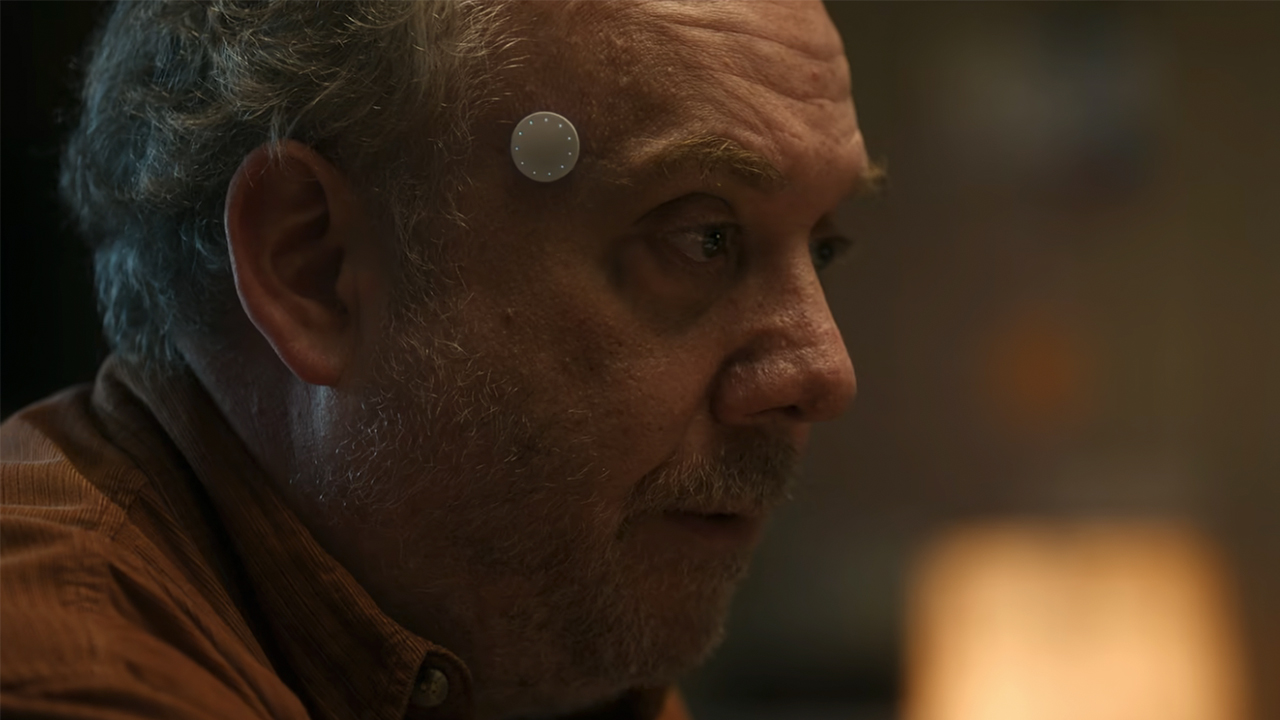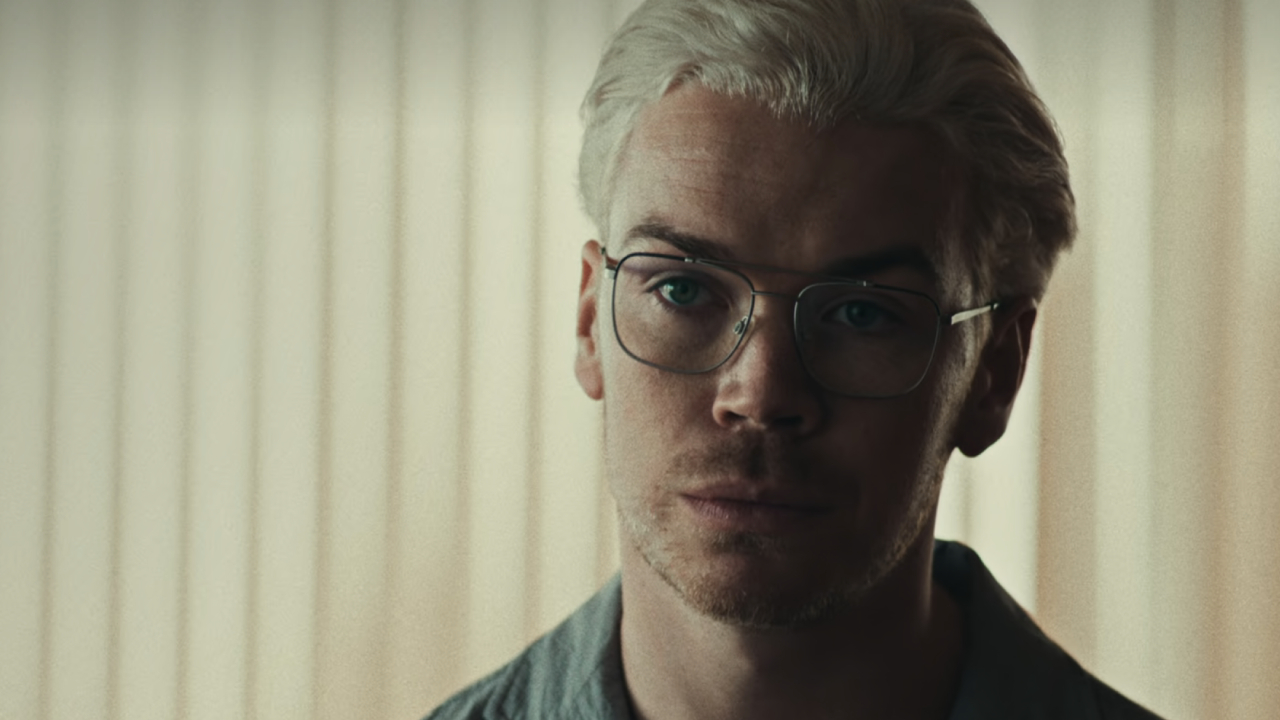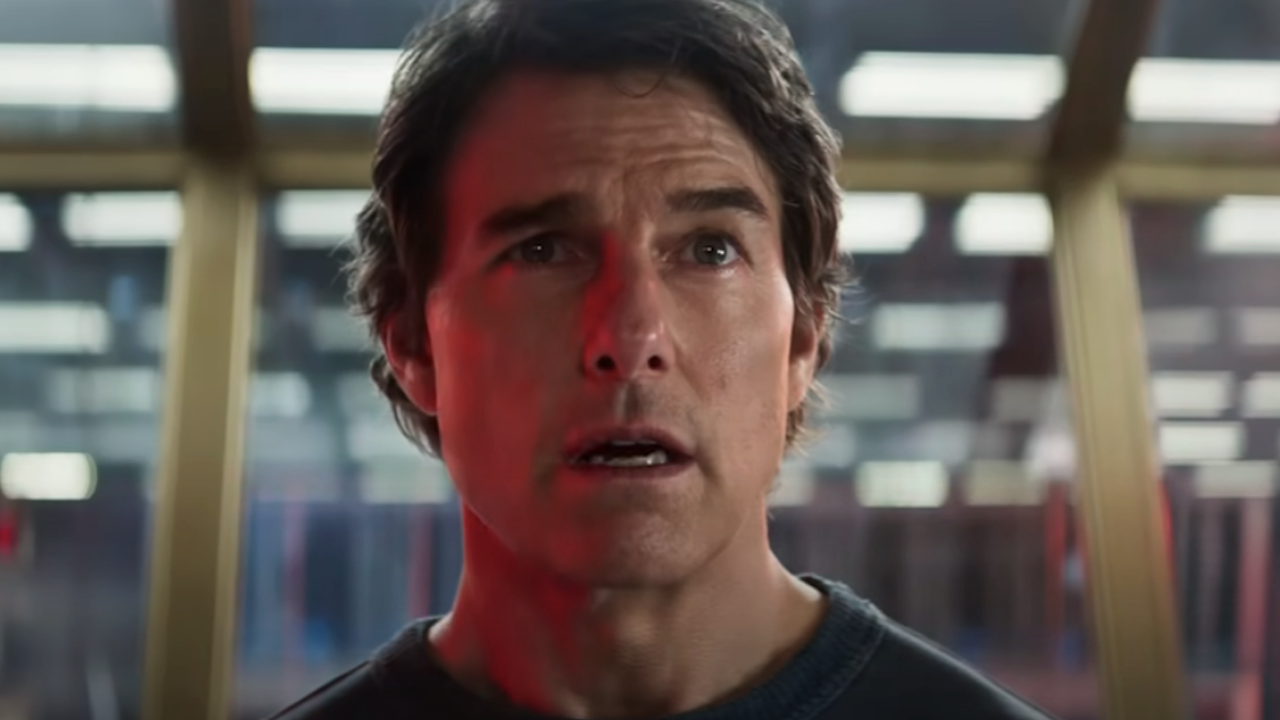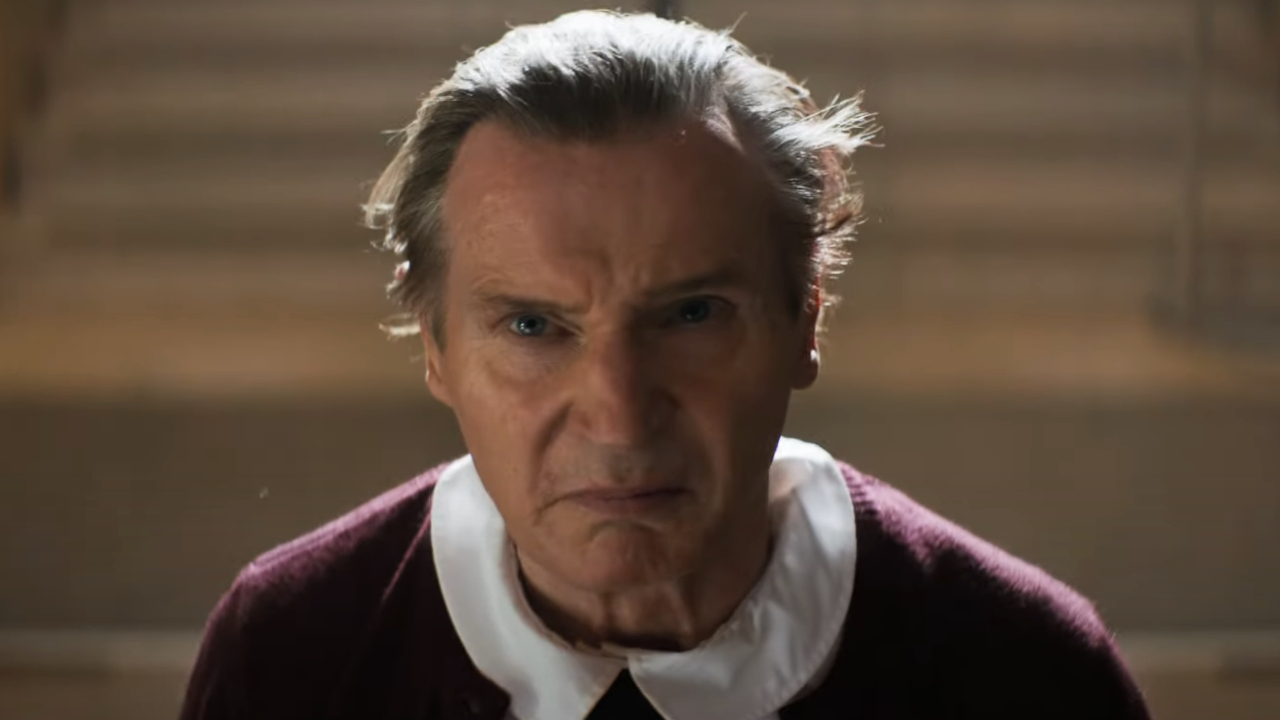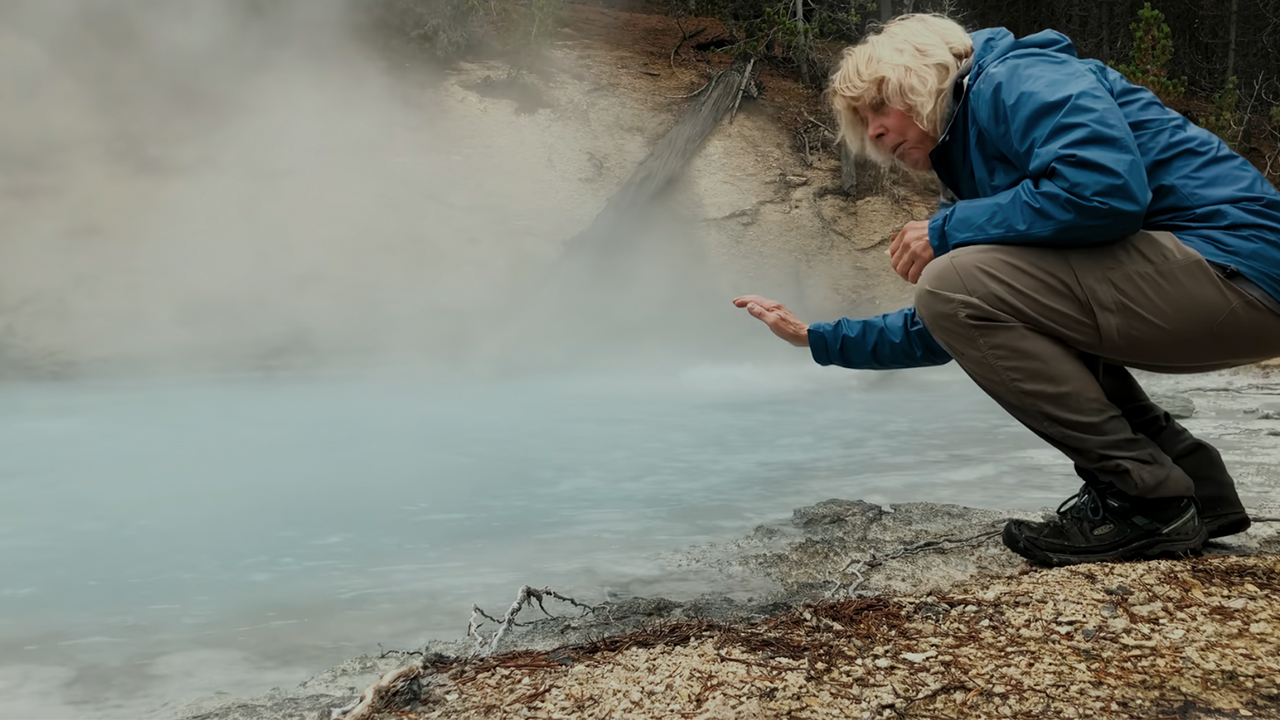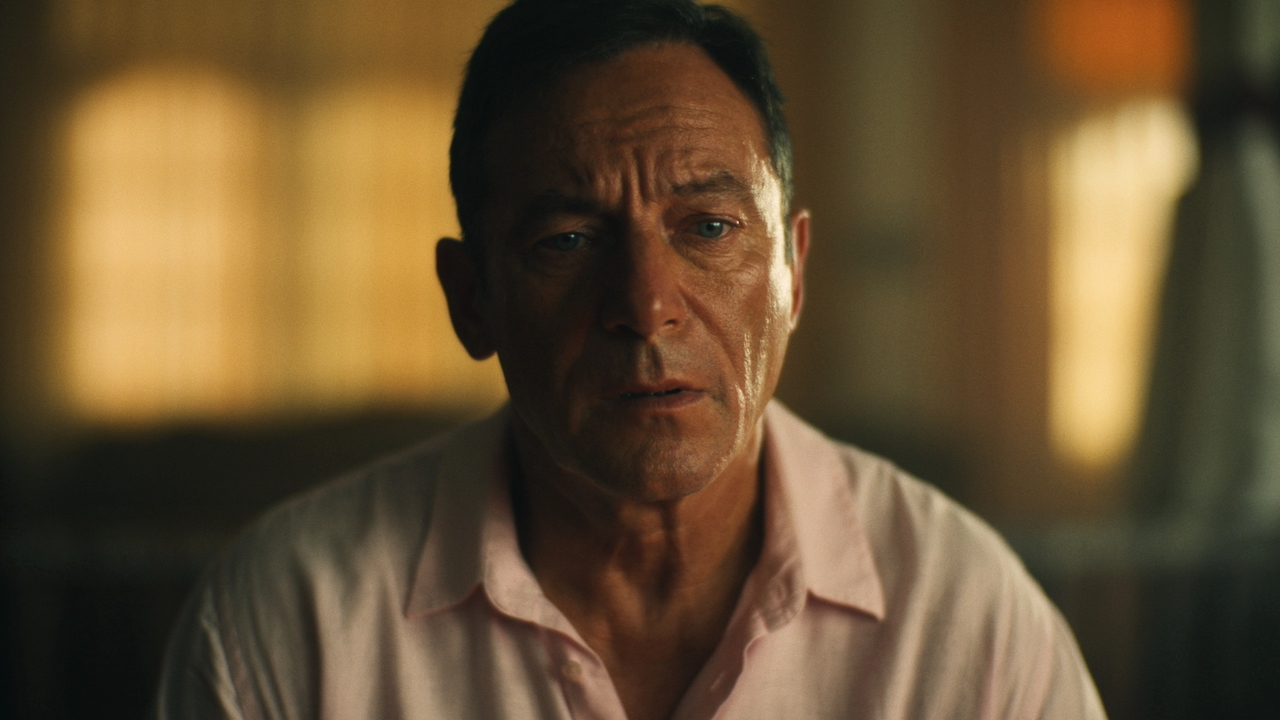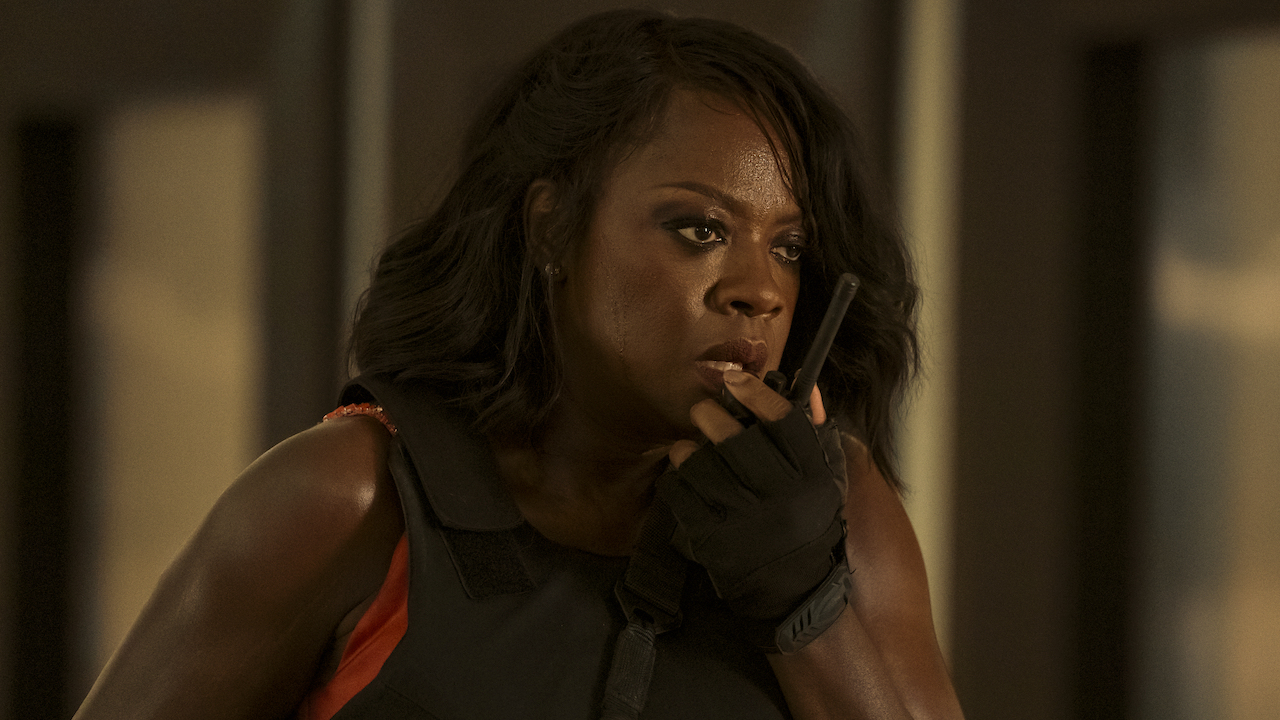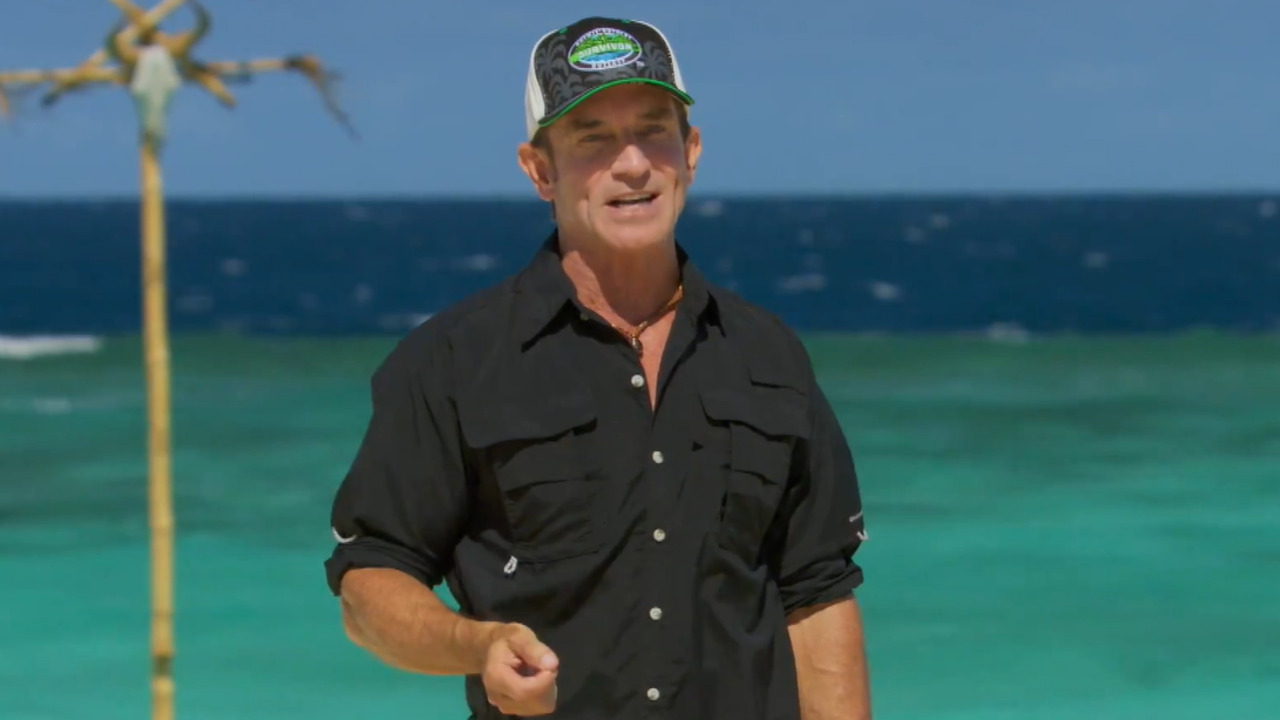32 Times A TV Show Adaptation Went Beyond Its Source Material
So many shows these days are venturing beyond the original path.
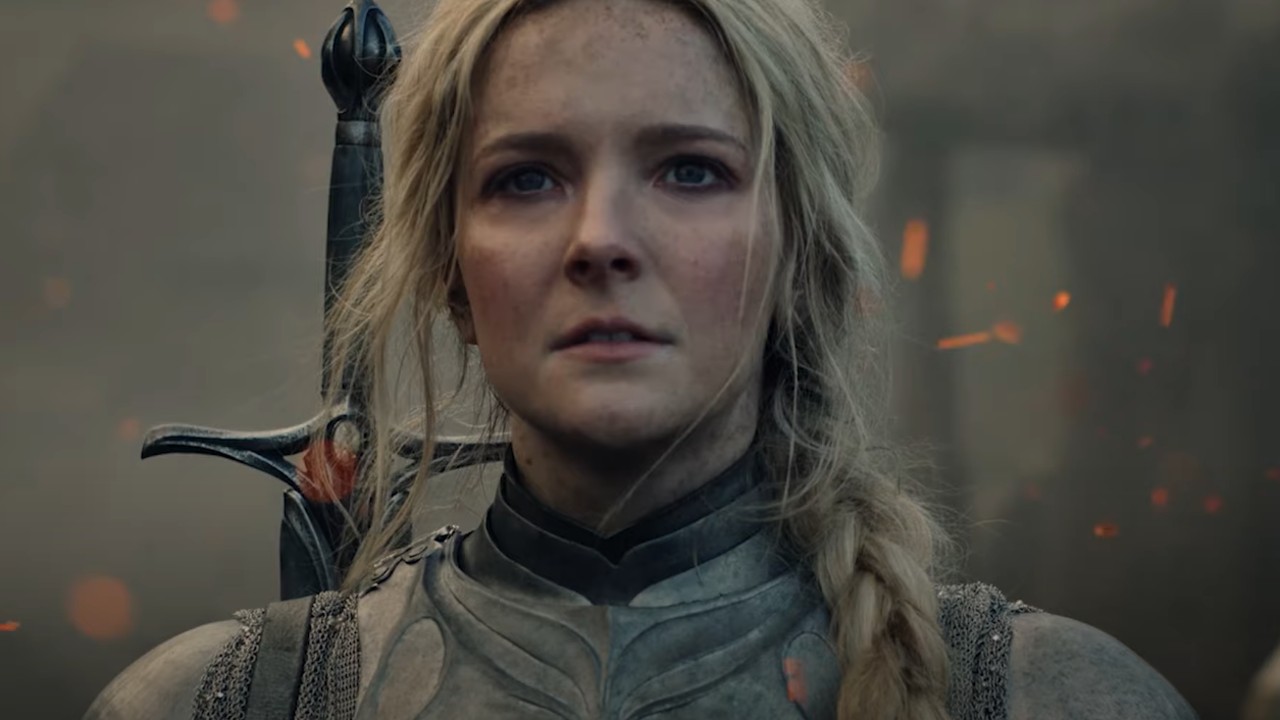
If you enjoy reading or watching the source material before its adaptation comes out, chances are you’ve been disappointed a few times over when a movie or series based on a book comes out. However, in the case of these TV shows, their creators actually found ways to go beyond what was originally told and build out stories that have become larger than their original intentions. Have you seen all these and what did you think about how they compare?
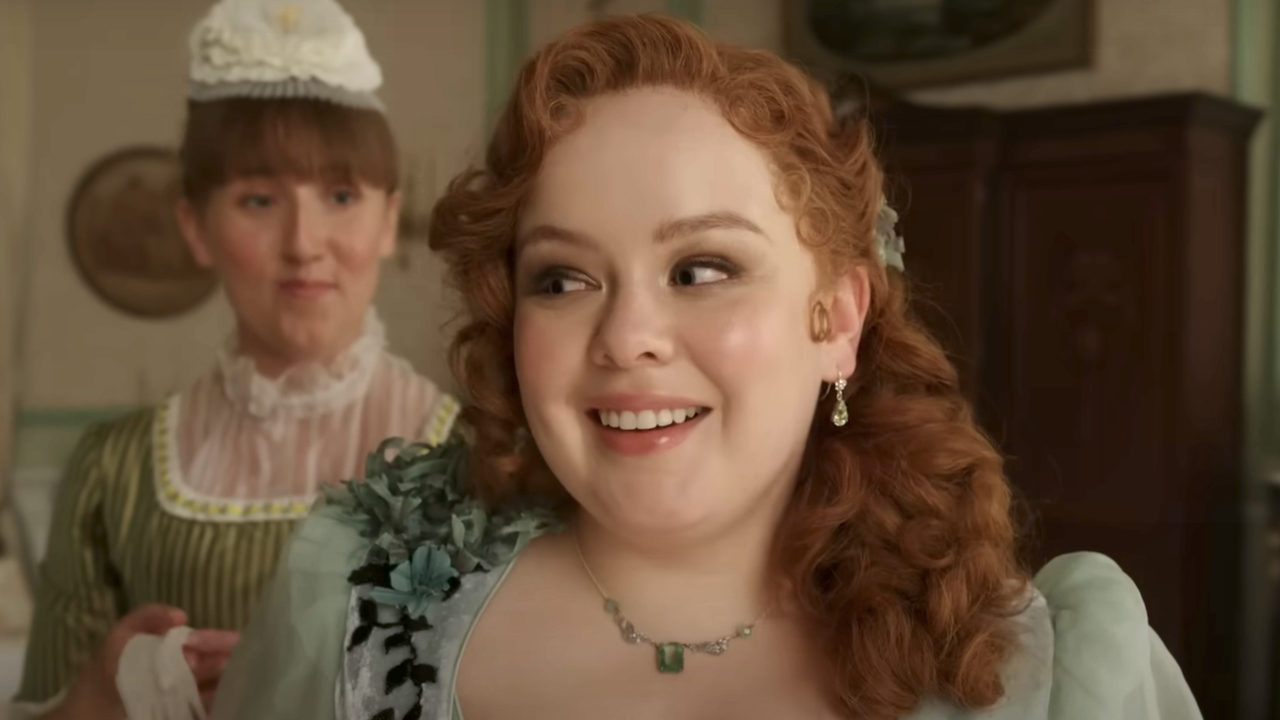
Bridgerton
If you’ve read the Bridgerton books in order before or between seasons of the massive Netflix series, chances are you’ve had some thoughts about the differences between them. While each of Julia Quinn’s novels pretty much stands alone and doesn’t have to be read in order to enjoy each romance, the series was adapted to have all the stakes, side plots and cliffhangers a hit TV show should have. The series even inspired the spinoff, Queen Charlotte, which involved Bridgerton characters but was not based on one of Quinn’s works.
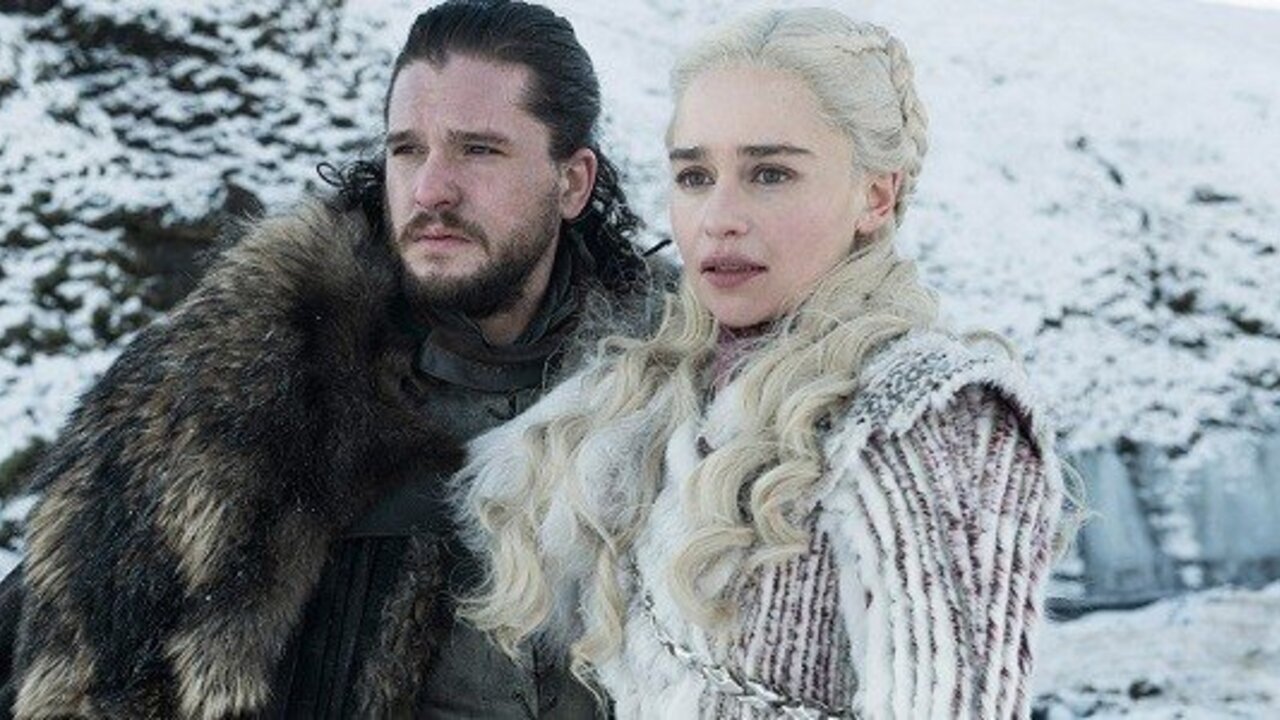
Game of Thrones
George R.R. Martin’s fantasy novels were adapted in a big way. While the first few seasons follow the source material rather closely, the last few seasons were in development as Martin was completing the rest of the series, and a ton of plotlines were completely invented by the showrunners and staff writers. Perhaps that’s why the finale is so divisive among fans.

The Office
After Ricky Gervais and Stephen Merchant’s The Office became a hit in the U.K. across its two seasons, Greg Daniels and NBC adapted an American version of the workplace mockumentary sitcom. While it was certainly inspired by the source material, the series starring Steve Carell earned a whole life of its own across over 200 episodes, and remains one of the most-streamed shows even a decade after its finale.

Buffy the Vampire Slayer
It’s often forgotten that genre favorite Buffy The Vampire Slayer is actually based on a 1992 movie of the same name. The series’ creator originally wrote it as a movie that wasn’t nearly as popular as the TV adaptation of the idea he cooked up a few years later. With seven seasons to the WB show’s name, it’s safe to say that it went way beyond its source material. And wow, are we happy Sarah Michelle Gellar’s Buffy Summers was on our televisions for so long!
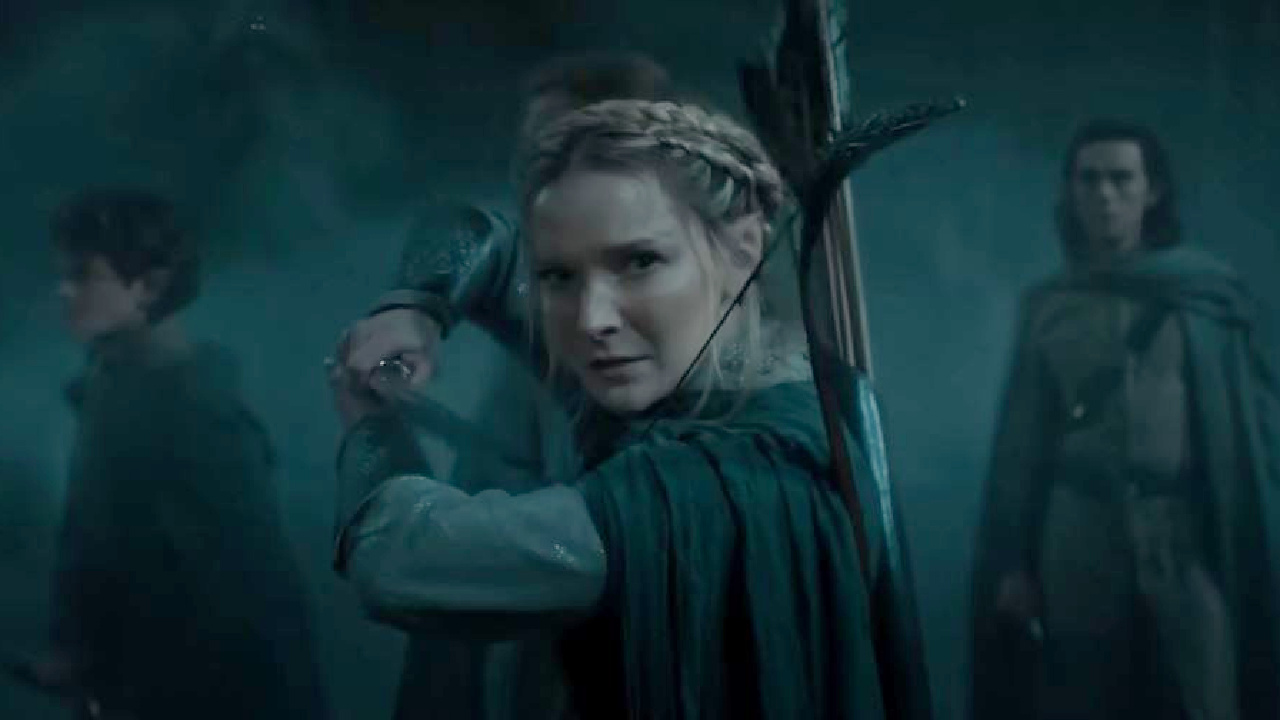
Lord of the Rings: The Rings of Power
J.R.R. Tolkien gifted the fantasy genre with four classic novels set in Middle-earth, The Hobbit and the Lord of the Rings trilogy. Following Peter Jackson's adapting of all of them beautifully (and set to make another one), Amazon Studios decided to go beyond the source material with its super expensive series, The Rings Of Power. The series primarily builds upon Tolkien’s appendices on Middle-earth as it depicts the world’s Second Age.

Big Little Lies
Liane Moriarty’s bestselling novel Big Little Lies brought together stars like Reese Witherspoon, Laura Dern, Nicole Kidman, Shailene Woodley and Zoë Kravitz to tell the story of five women living in Monterey, California who become part of a murder investigation. It was initially supposed to be a miniseries, but following its success, a second season built on the story from Season 1.
CINEMABLEND NEWSLETTER
Your Daily Blend of Entertainment News

Riverdale
CW’s Riverdale was inspired by the pages of Archie Comics, an ongoing comic book series that started back in 1941. The series developed by the comic publisher’s CCO Roberto Aguirre-Sacasa is a much darker take on the universe as it begins as a murder mystery in the town of Riverdale. The series not only went beyond its source material across its seven seasons, but the comic book had a gritty reboot in recent years as well.

Watchmen
The Watchmen comic book series has long been thought of as one of the best the medium has ever put to paper. The HBO miniseries of the same name lived up to the series by being an all-time great adaptation, but it certainly took quite a few creative liberties and built upon the ‘80s comic book to reflect the time it was made, by changing and fleshing out its characters more and boldly discussing racism and extremism with its storyline.
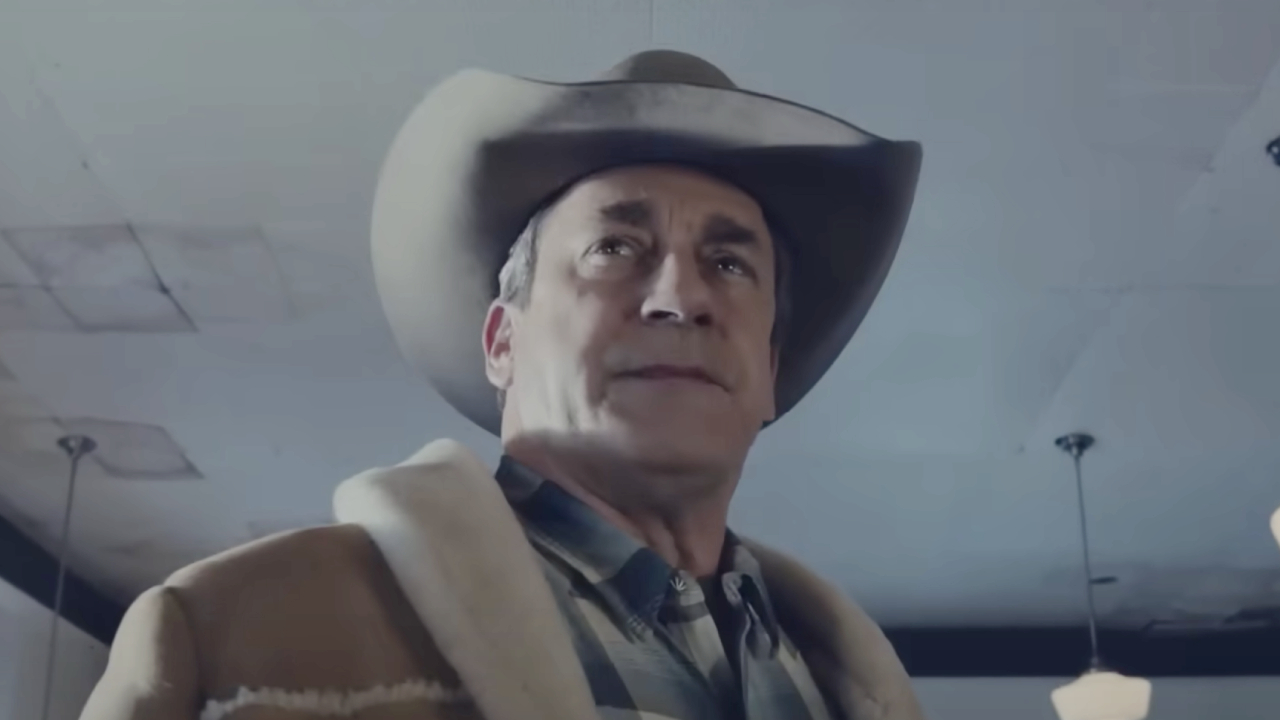
Fargo
In 1996, the Coen Brothers made a classic with the black comedy, Fargo. Across five seasons Noah Hawley has built on the filmmakers’ vision with an anthology series that takes place in a new location, era and with a new cast of characters each time. While the Fargo series has deep roots in its movie, it has become so much bigger and fuel for so much more storytelling.
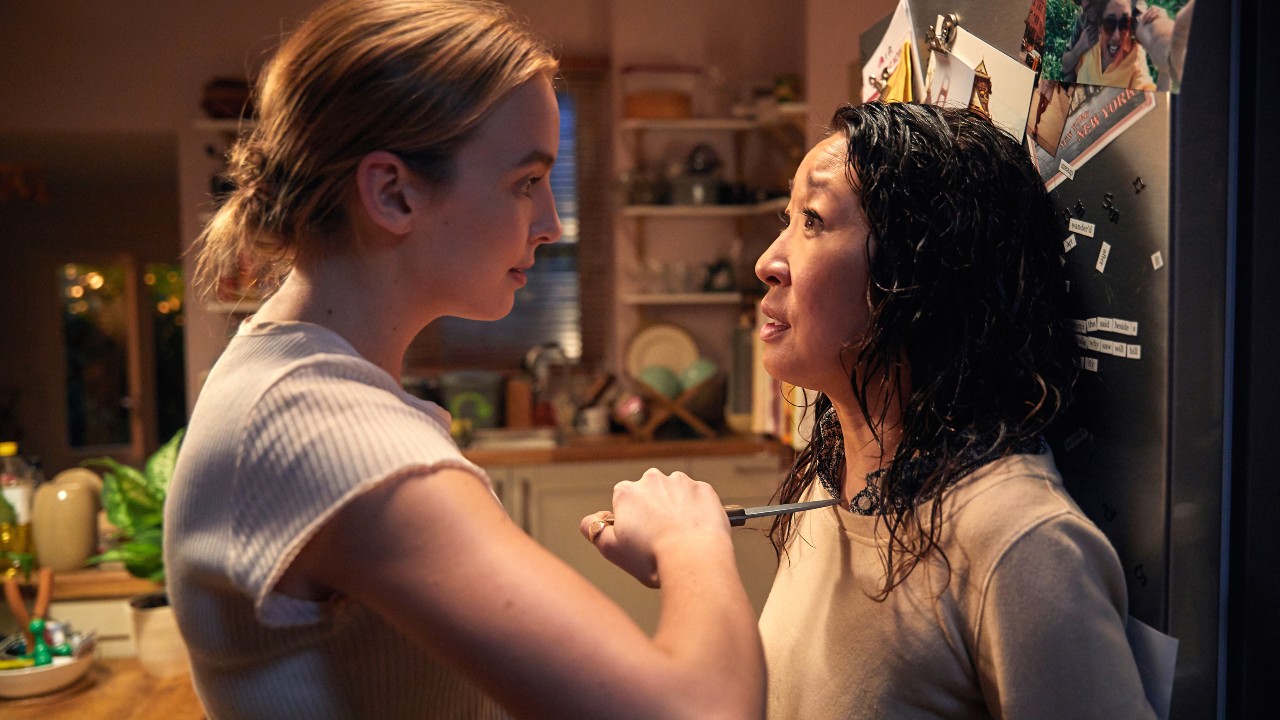
Killing Eve
BBC’s Killing Eve is based on Luke Jennings’ Villanelle, which was a series of novellas about a Russian orphan who is trained as a hitwoman and the MI5 agent who starts to catch her trail. While the series is a lot more character-driven than the much more procedural novels, the series goes beyond the source material in this context by only teasing the romance Eve and Villanelle have in the books. Fans are still mad at the finale years later!
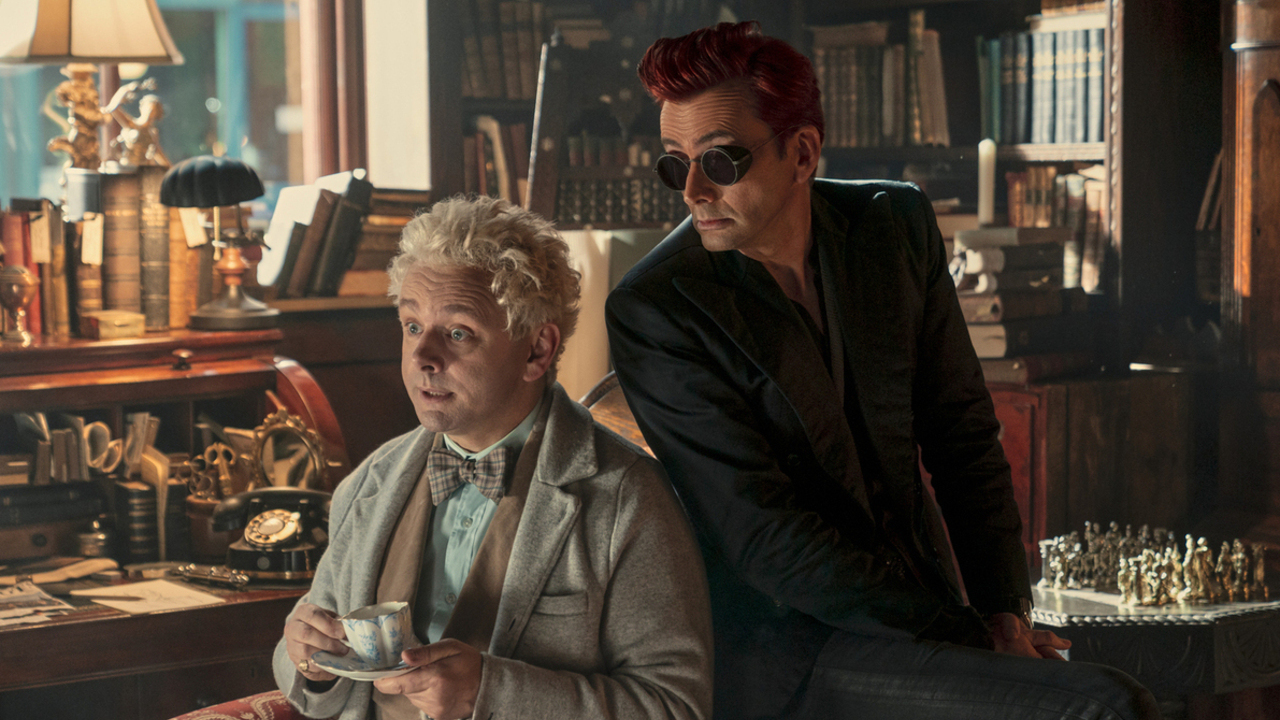
Good Omens
The first season of Good Omens adapted Neil Gaiman and Terry Pratchett’s 1990 novel, however when it came to the second season, which came out four years after the initial series, moved away from simply telling the main events of the novel. The entire season was co-written by Neil Gaiman and allowed the world-renowned author to delve further into Michael Sheen’s Aziraphale and David Tennant’s Crowley stories.

The Leftovers
HBO’s The Leftovers adapted the novel it's based on in its first season. Following its success, two more seasons were made for the supernatural fiction series about a global event that leaves 2 percent of the world’s population missing. Interestingly enough, the last two seasons were even more acclaimed than its debut season featuring the prime source material.
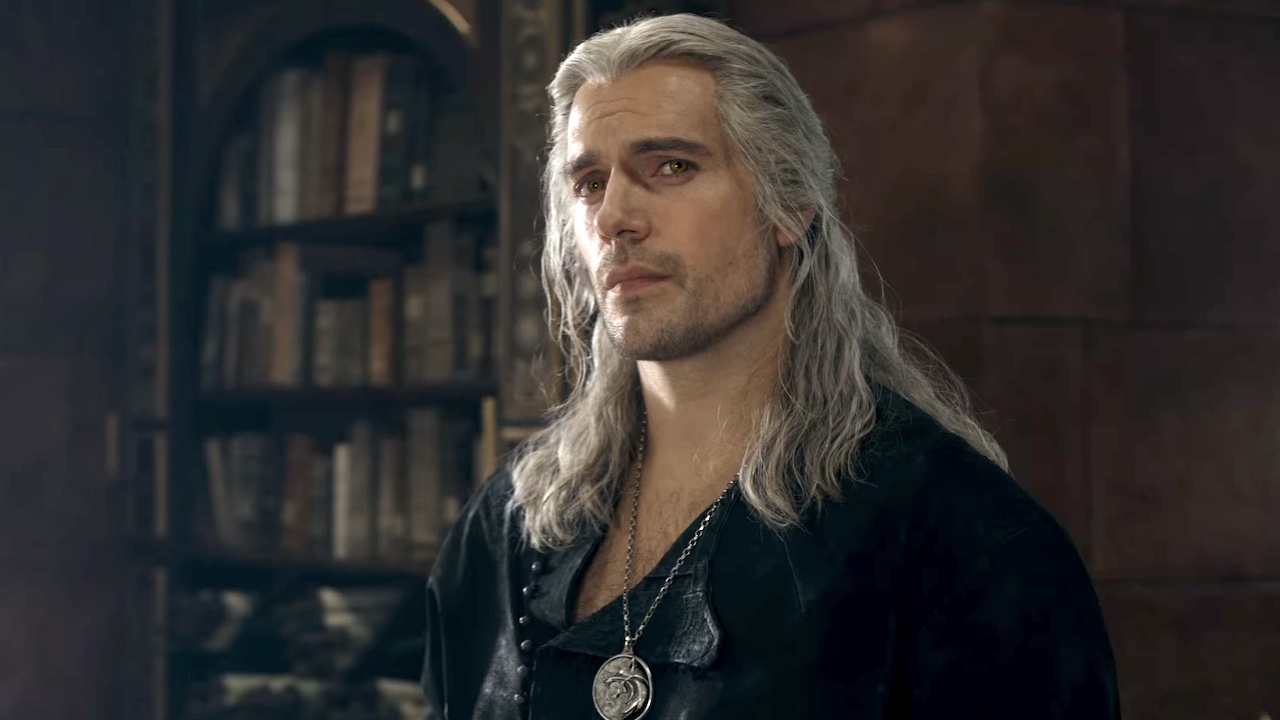
The Witcher
Rather than Netflix adapting Andrzej Sapkowski’s The Witcher fantasy novels, the differences are so major between the TV series and the source material that it feels a lot more like an inspiration for the series starring Henry Cavill than anything else. The popular series, also known for being a video game franchise, also inspired the 2022 spinoff The Witcher: Blood Origin.
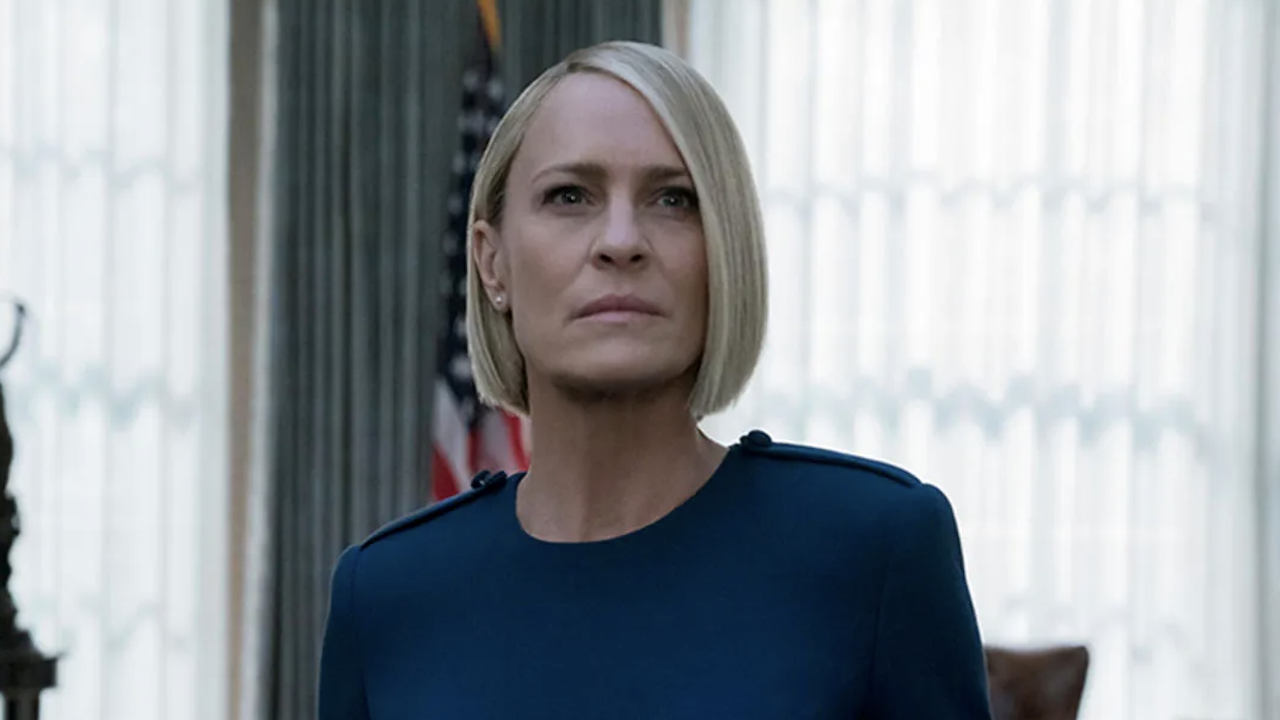
House of Cards
Netflix’s hit drama, House of Cards, was adapted from a BBC series and novel before it. However, in the case of the source material, the show was about politics in the United Kingdom. The series starring Kevin Spacey and Robin Wright, however, took the material and adapted it to be set about U.S. politics, particularly regarding Frank Underwood’s ruthless race to become president.
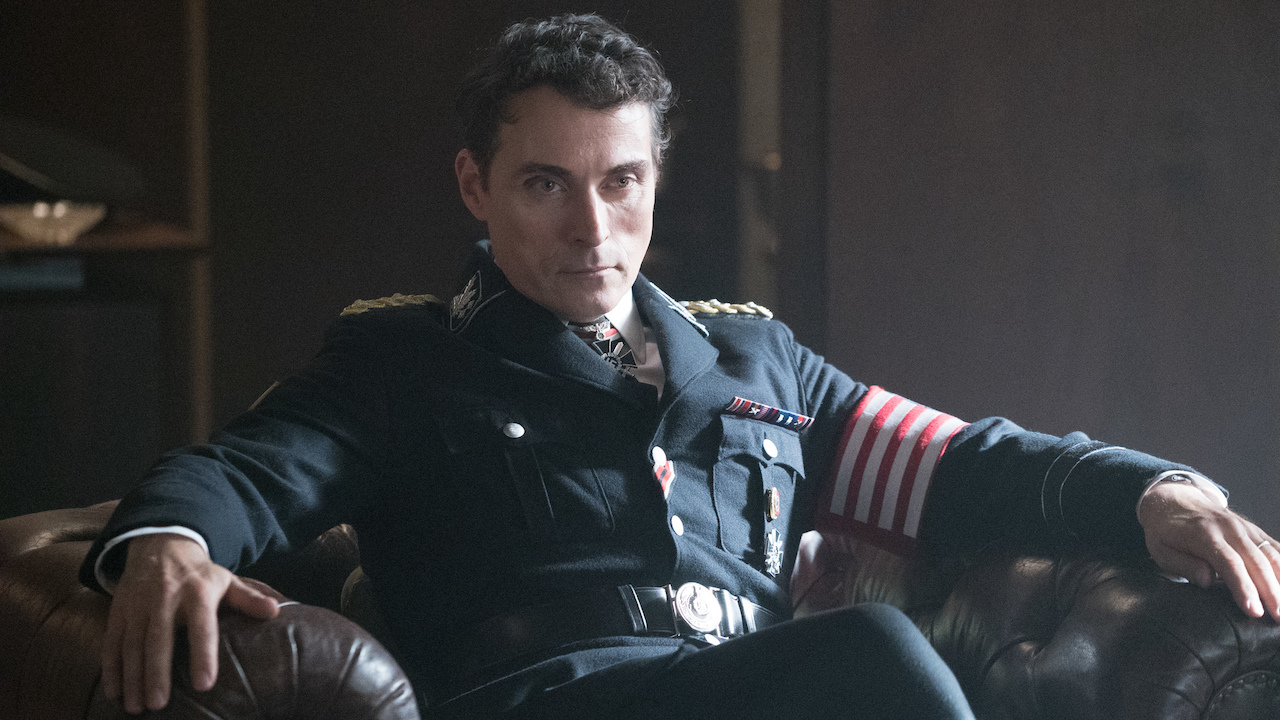
The Man In The High Castle
Philip K. Dick's 1962 novel The Man In The High Castle was adapted into an Amazon series across four seasons. Dick’s daughter, who was heavily involved in the series, told SYFY WIRE that she encouraged the writers to use the source material as an “inspiration and a spiritual guide” rather than a literal interpretation. That’s very much true for the science fiction storyline that imagines an alternate ending for World War II.
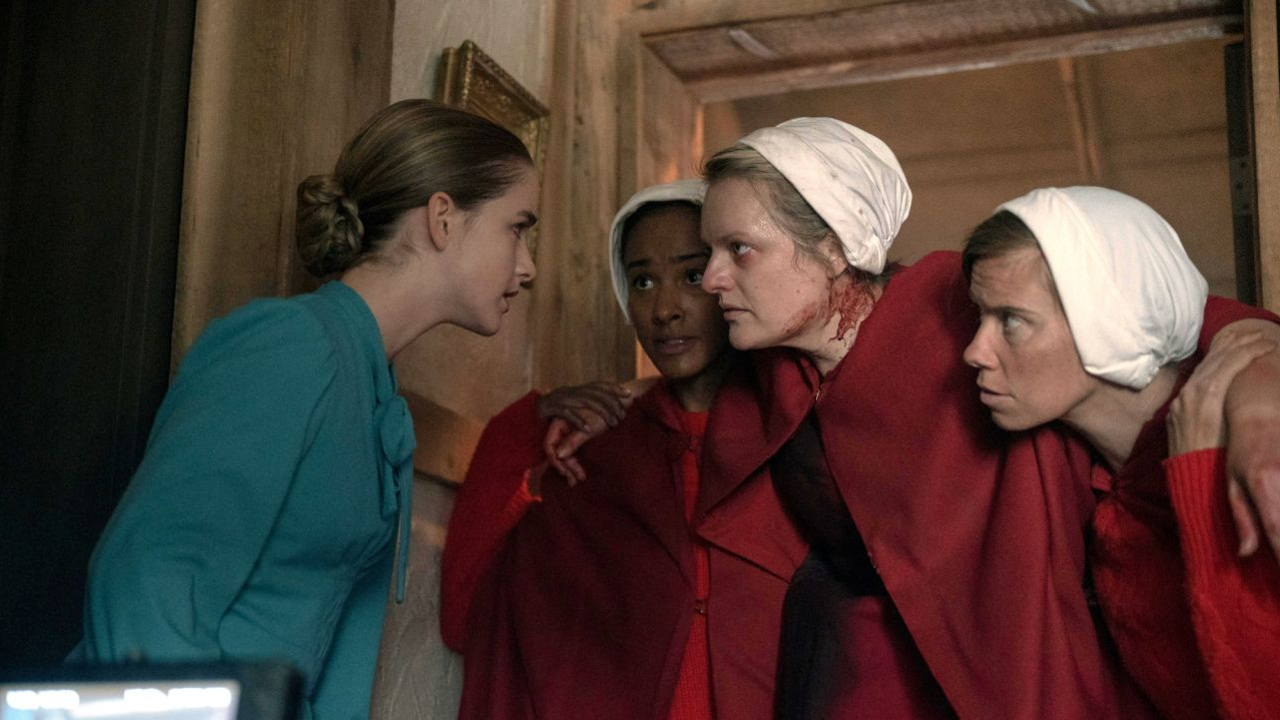
The Handmaid’s Tale
Margaret Atwood’s novel, The Handmaid’s Tale, is the source material for the Hulu hit starring Elisabeth Moss. While the first season leaves things where things wrap up in the book, the Emmy-winning series has continued to follow Offred’s life in the dystopian world past those events through four more seasons and is set to end with the sixth and final season. By building upon the story further, Offred and its other characters have had longer storylines that tell more than 300 pages could.
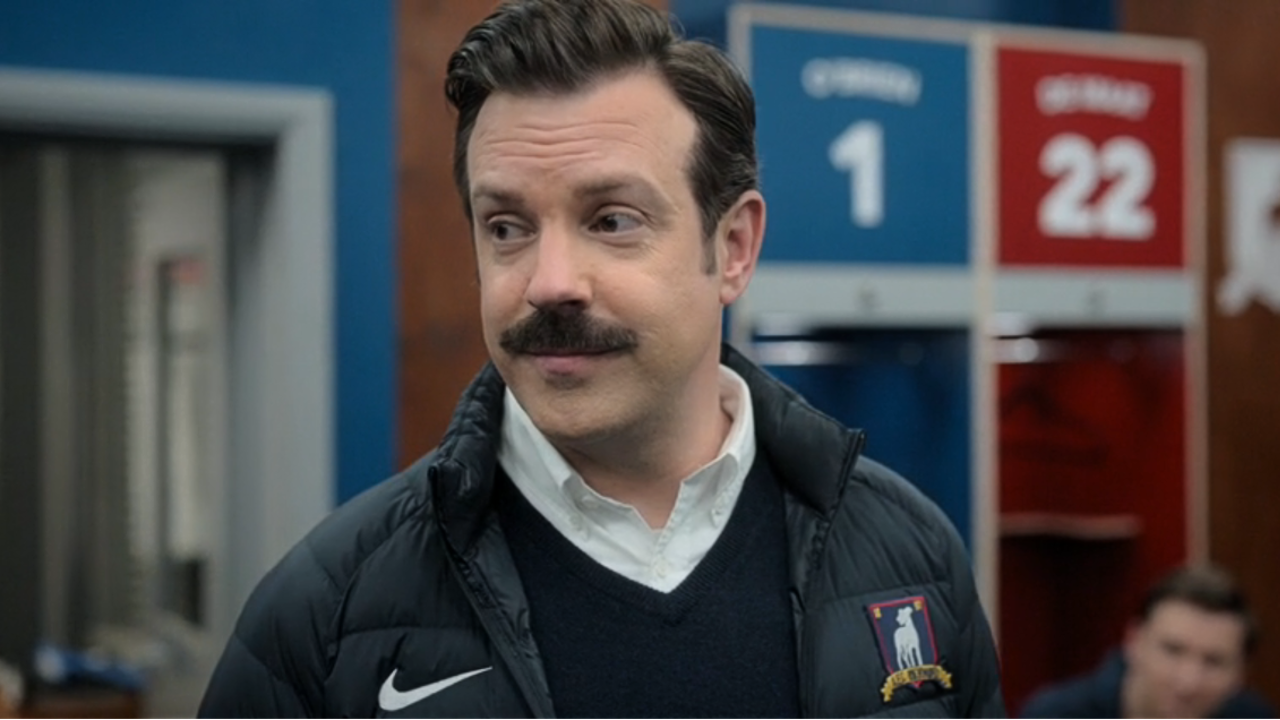
Ted Lasso
Before AppleTV+ had a hit on their hands with Ted Lasso, its source material came from a very peculiar source. Jason Sudeikis’ beloved fictional coach came from the SNL alum being part of a slew of promotional coverage for NBC Sports’s coverage of England's Premier League. The streaming series very much went past where it started from given the storylines told across three seasons of the heartwarming comedy.
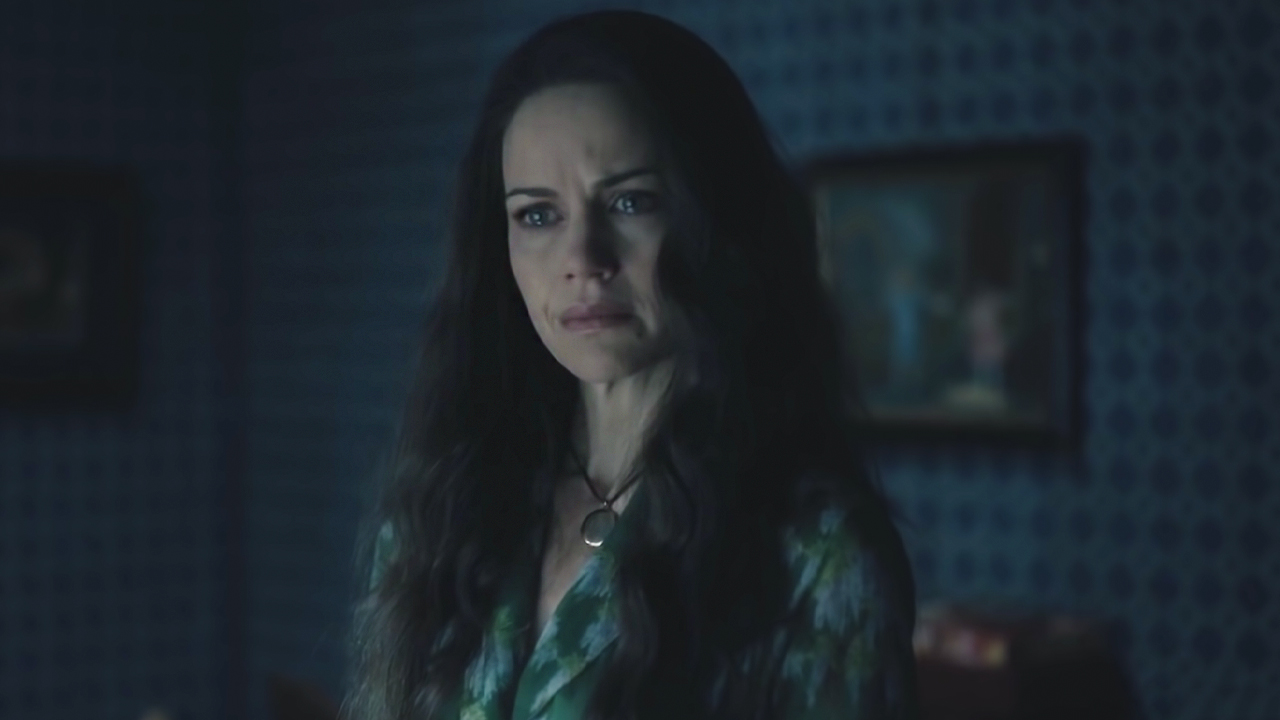
The Haunting Of Hill House
Mike Flanagan beautifully adapted Shirley Jackson’s 1959 gothic horror novel, but at face value the two The Haunting Of Hill House titles are very different from one another. The source material mainly focuses on Eleanor (who Victoria Pedretti plays in the series) and her descent into madness whilst the show takes a deeper look into her entire family’s deep-seated trauma.
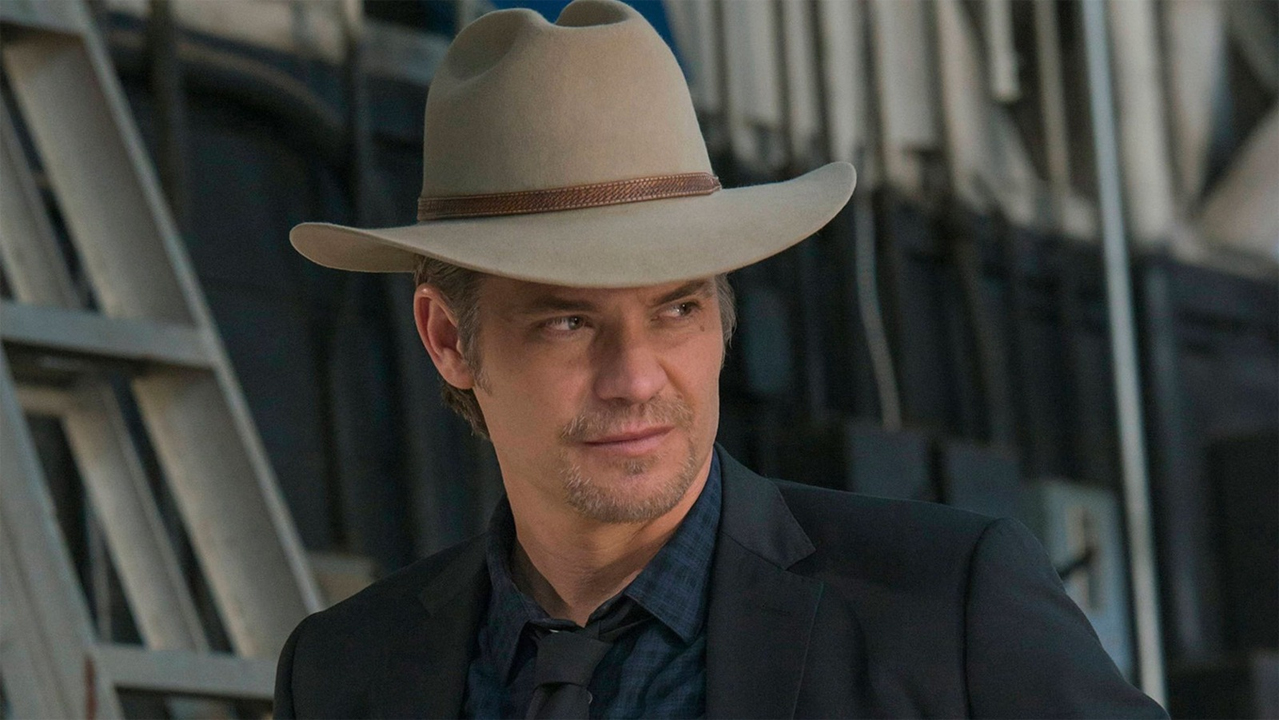
Justified
FX’s Justified is based on the Elmore Leonard short story Fire In the Hole, allowing creators of the Western series to build out the world of the work across six seasons. Through Timothy Olyphant’s Raylan Givens, Justified allowed for Leonard’s ideas the author thought often “got the characters better” than he put to paper, per THR.
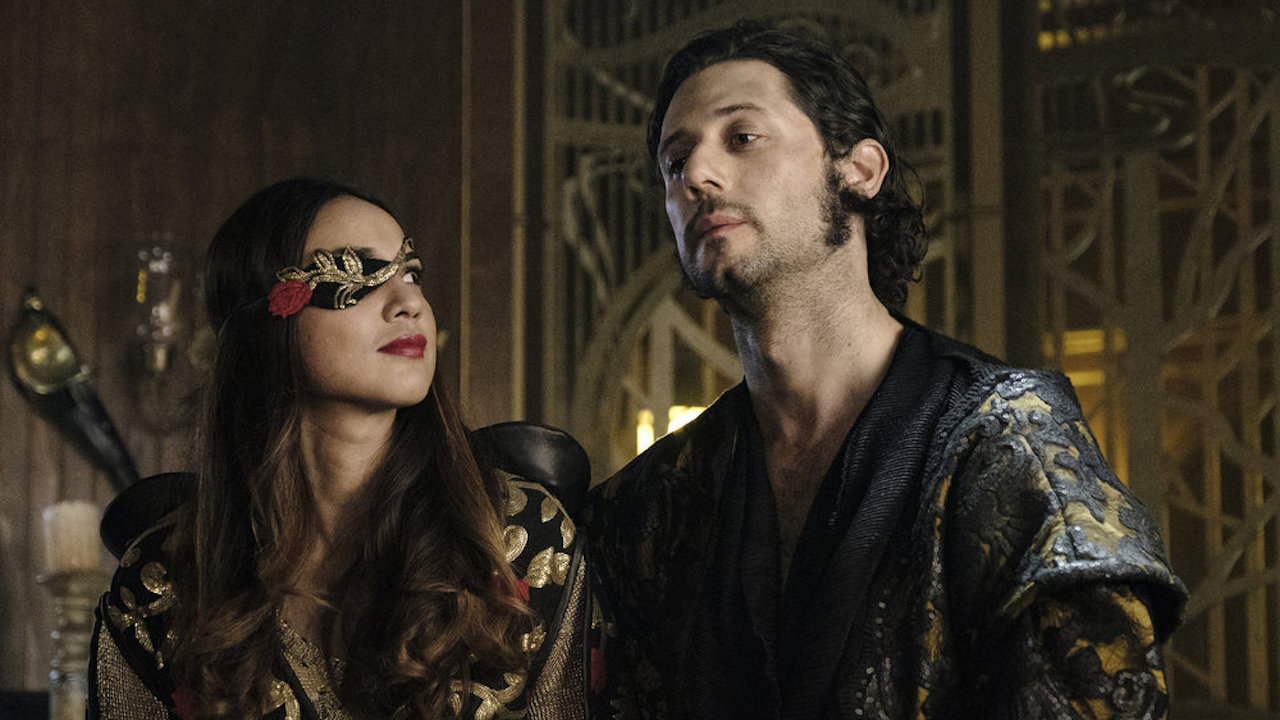
The Magicians
Syfy’s series, The Magicians, is based on Lev Grossman’s trilogy of fantasy novels. While the source material certainly guides the storyline, it's told completely out of order and involves post-grad students rather than high schoolers. The series went on for five seasons.
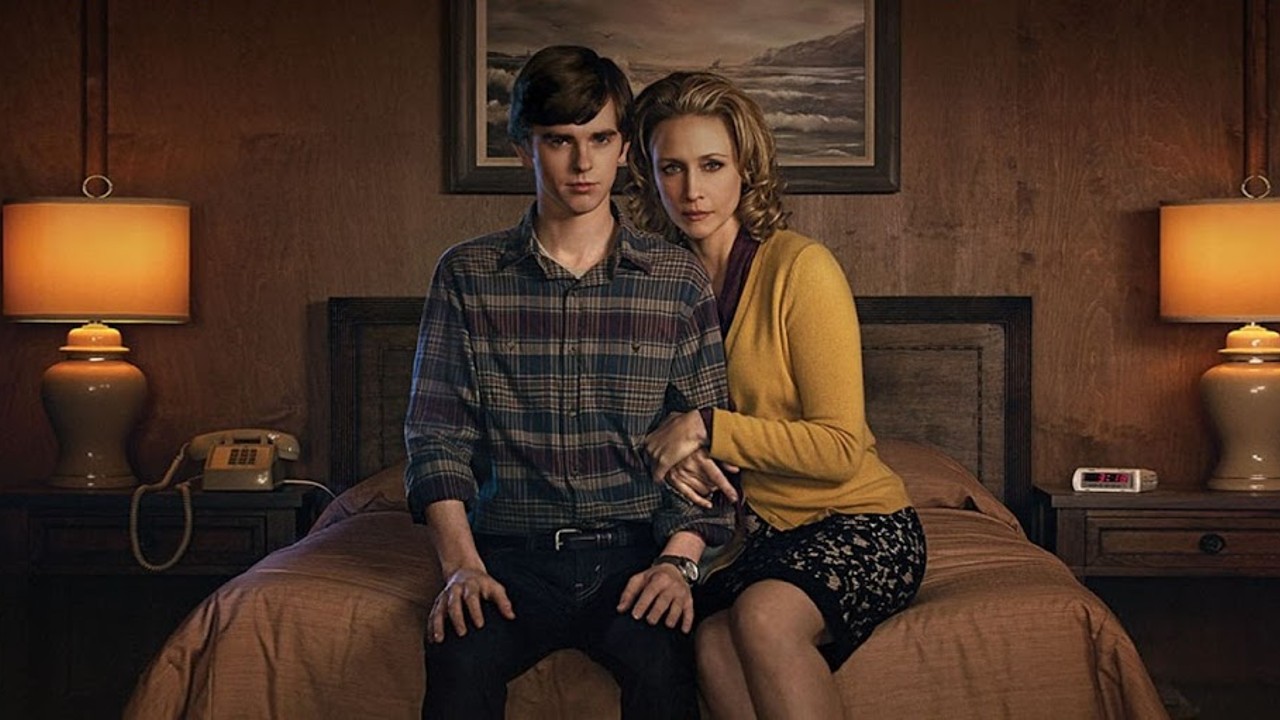
Bates Motel
One of the best horror movies of all time is Alfred Hitchcock’s Psycho (also a novel), which became the inspiration for A&E’s Bates Motel. The five-season series told a contemporary story regarding the origin story of Norman Bates and his complicated relationship with his mother through the performances of Freddie Highmore and Vera Farmiga.
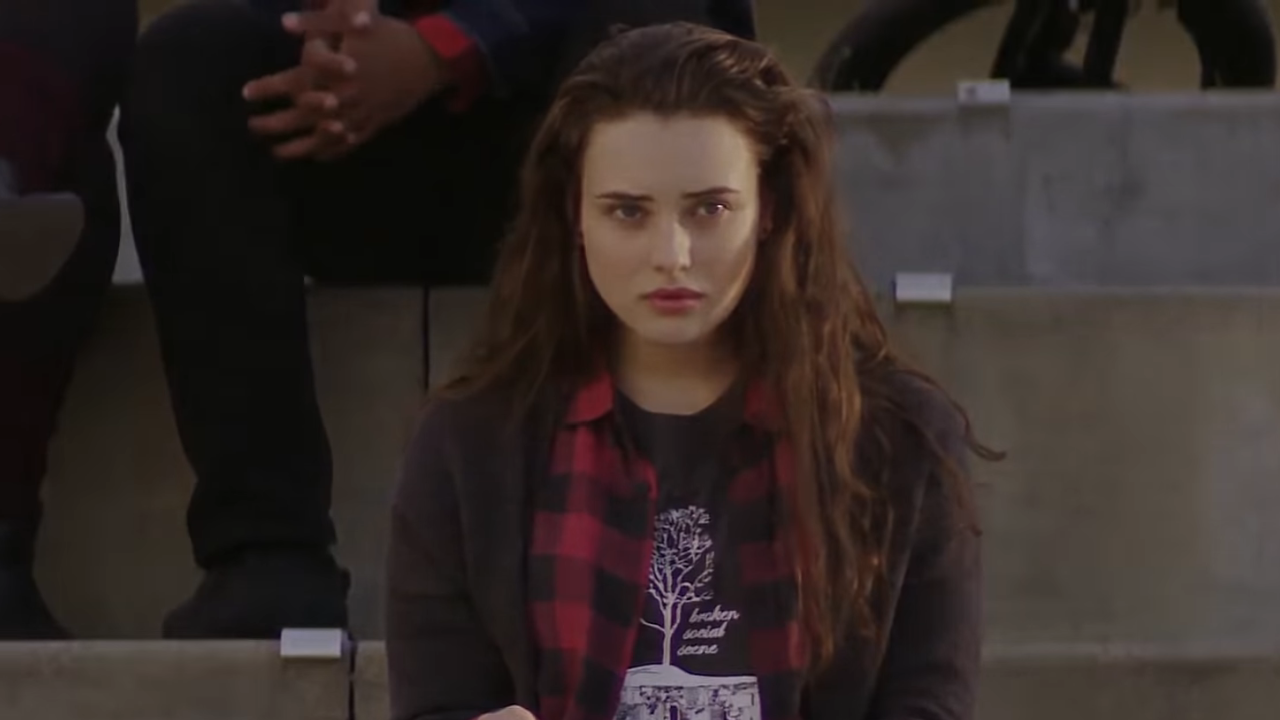
13 Reasons Why
Years prior to Netflix’s 13 Reasons Why being the subject of numerous controversies throughout its run, it began as a 2007 novel by Jay Asher about a high school freshman who shares the reasons why she died by suicide. The series went beyond the source material by making the story a lot longer and building out many more characters. For example, a major plotline of the show is Hannah’s parents decide to sue the school, which is not part of the novel at all.

What We Do In The Shadows
In 2014, Jemaine Clement and Taika Waititi offered a unique and rather hilarious take on vampires with What We Do In The Shadows. Years later, the duo decided to adapt their mockumentary further by making it into a TV show that went on for five seasons, ending in 2023.

Scott Pilgrim Takes Off
Over a decade after Edgar Wright’s Scott Pilgrim vs. The World adapted Bryan Lee O’Malley’s graphic novel series, O’Malley decided to team up with Wright and Netflix to build upon the story in the format of an anime and reunite the original actors from the movie in the voice roles. The series follows Ramona Flowers trying to find a missing Scott Pilgrim.
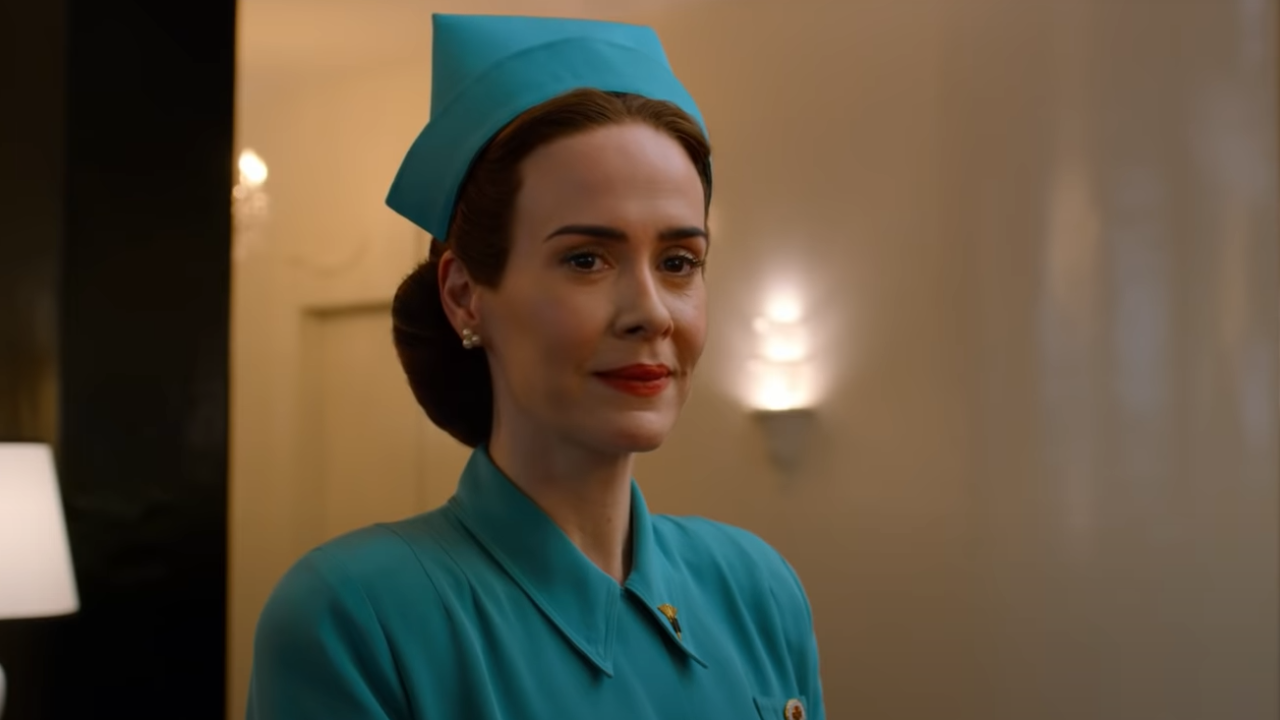
Ratched
Among Ryan Murphy’s many TV shows, he made a series out of Nurse Mildred Ratched, a character originally from Ken Kesey's novel One Flew Over The Cuckoo’s Nest and portrayed by Louise Fletcher in the 1975 movie adaptation. The series starring Sarah Paulson as the titular character depicts Ratched prior to the events of the original story. It was canceled after one season.
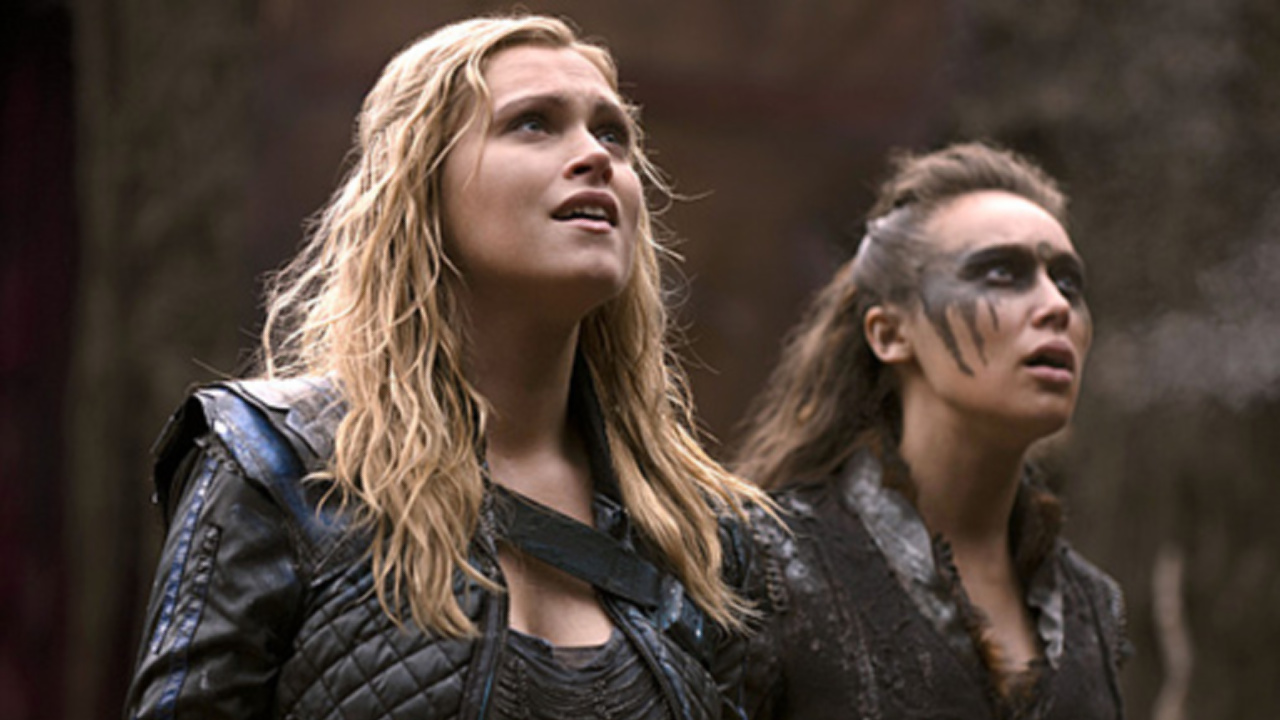
The 100
The CW series, The 100, is based on the YA science fiction novel series by Kass Morgan. However, across the show’s seven seasons, it went beyond the source material by telling a much different story that took a more mature approach and focused a lot more on the survival element of the series.
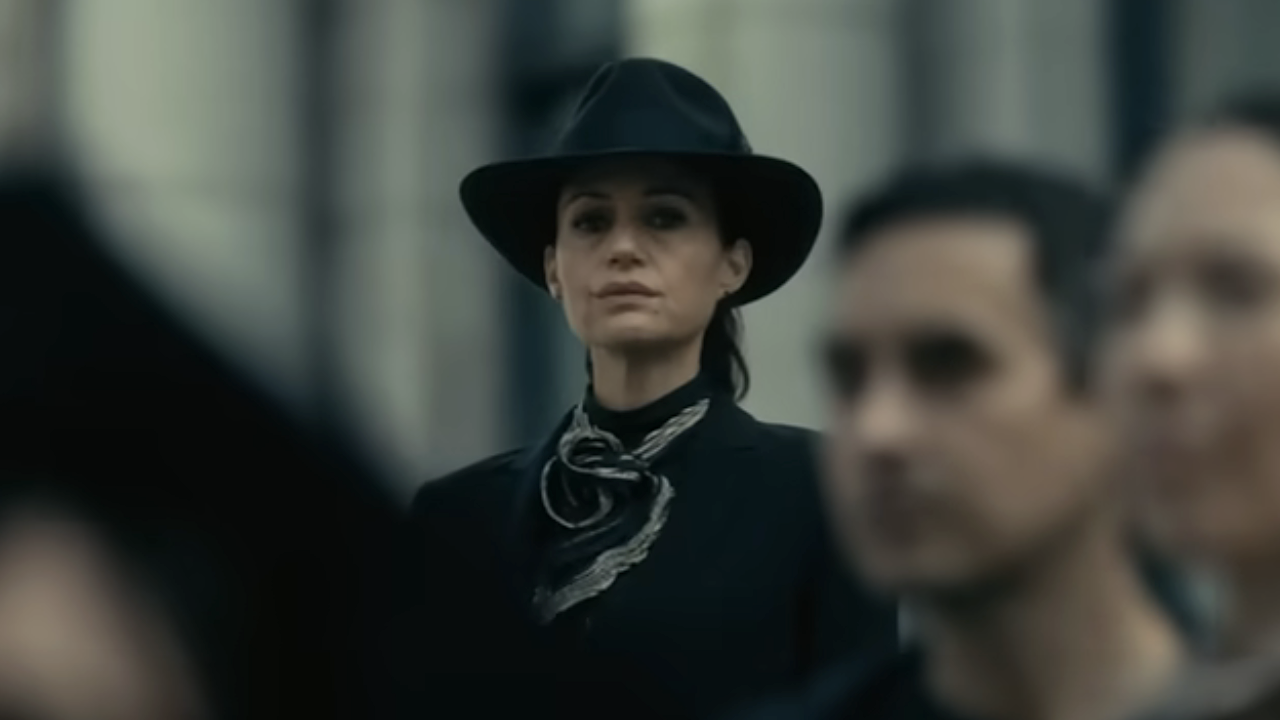
The Fall Of The House Of Usher
Mike Flanagan took inspiration from a myriad of Edgar Allan Poe short stories to bring together one storyline for his excellent Netflix horror show, The Fall of the House of Usher. The show pays tribute to the iconic author by telling a new story revolving around the Usher family, the CEO of a corrupt pharmaceutical company, as each member of the family starts to die one by one.
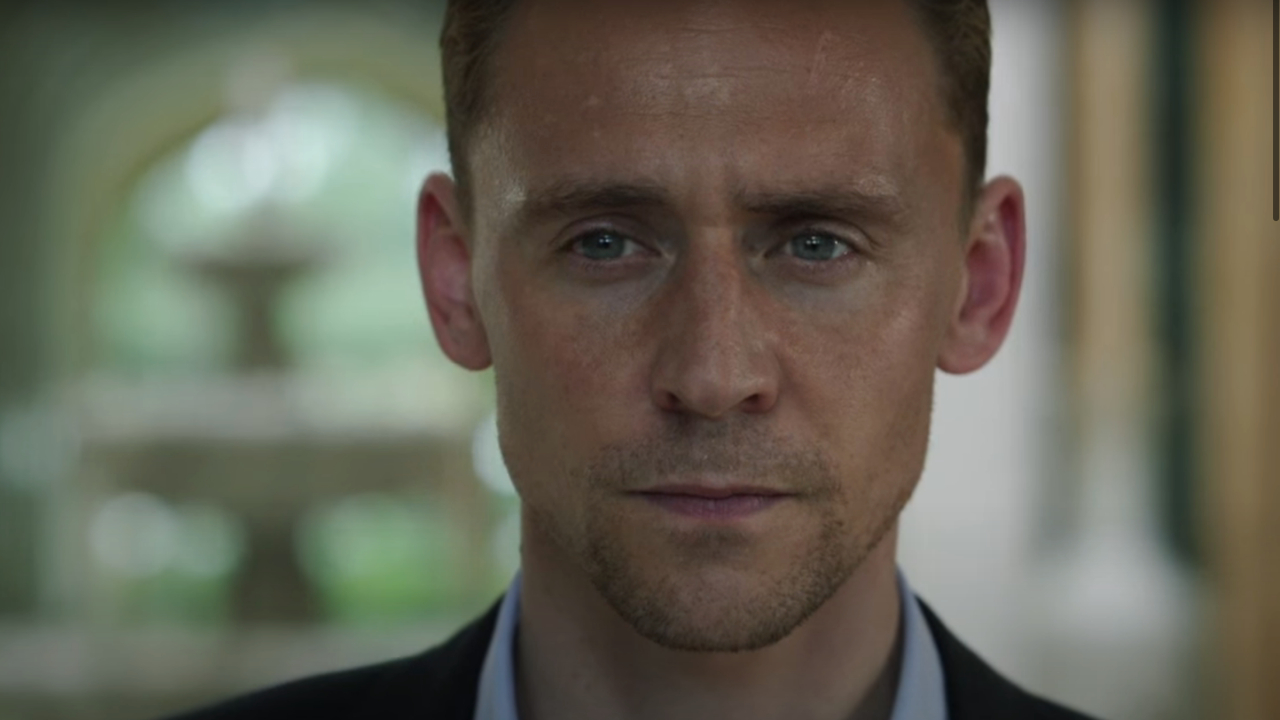
The Night Manager
John le Carré’s 1993 espionage novel, The Night Manager was turned into a BBC miniseries starring Tom Hiddleston in 2016. As the author wrote in The Guardian at the time of its release, he spoke about the many changes from the source material, which at first took him aback but then had him saying he wishes he would have “written Mrs. Burr into my novel instead of her ponderous husband.”

Under The Dome
Stephen King’s Under The Dome novel was turned into a CBS sci-fi series of the same name by Brian K. Vaughan, but was often talked about for being quite different from the source material. Back in 2013, King wrote on his website that he found the adaptation to be “very good” and was a “necessity” that he “approved of” “wholeheartedly.”

Lessons In Chemistry
Bonnie Garmus’ best-selling novel, Lessons In Chemistry was turned into a series starring Brie Larson to much success. While it’s a stunning adaptation fans of the book can appreciate, that’s particularly because the showrunner, Lee Eisenberg decided to not make it a straight adaptation and add some things the book didn’t have. One particularly great addition was the character development of Harriet Sloane, who is a black civil rights activist in the series rather than a 55-year-old white woman.
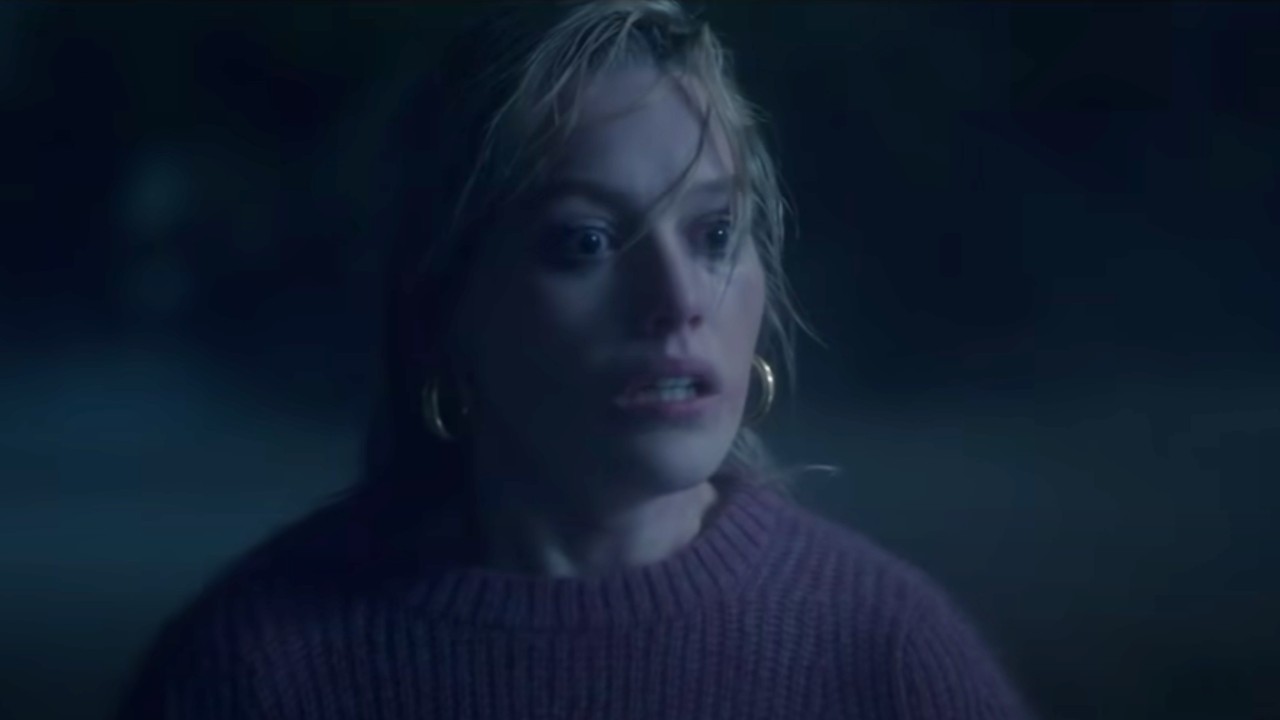
The Haunting Of Bly Manor
Mike Flanagan’s The Haunting Of Bly Manor is an amalgamation of numerous great horror stories by Henry James, centrally through his novella Turn Of The Screw, but also through some other of his short stories like The Romance of Certain Old Clothes, The Beast in the Jungle and The Jolly Corner. Flanagan used the works as inspiration to tell a larger, new storyline about a young au pair who begins to witness hauntings as she takes care of two young children.

The Midnight Club
Christopher Pike famously wrote a ton of mystery-thrillers for young adults from the 80s and so on. For Mike Flanagan’s The Midnight Club, the filmmaker drew from over 20 of them to make the 10-episode Netflix series about a group of eight terminally ill young adults who form a storytelling club.
So many series go beyond their source material, the question is whether they go too far. Most of these picks are well-loved TV shows that were made better by their additions!
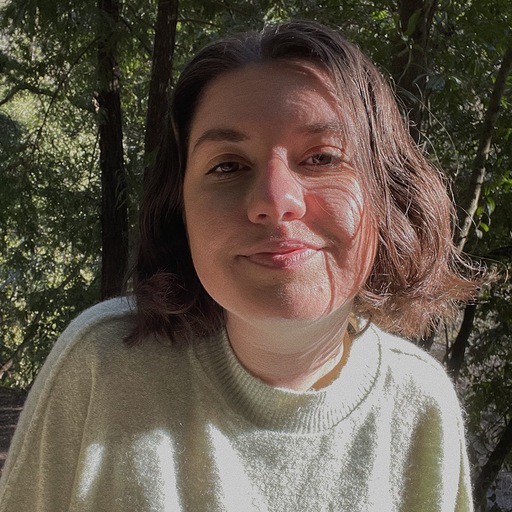
Sarah El-Mahmoud has been with CinemaBlend since 2018 after graduating from Cal State Fullerton with a degree in Journalism. In college, she was the Managing Editor of the award-winning college paper, The Daily Titan, where she specialized in writing/editing long-form features, profiles and arts & entertainment coverage, including her first run-in with movie reporting, with a phone interview with Guillermo del Toro for Best Picture winner, The Shape of Water. Now she's into covering YA television and movies, and plenty of horror. Word webslinger. All her writing should be read in Sarah Connor’s Terminator 2 voice over.
